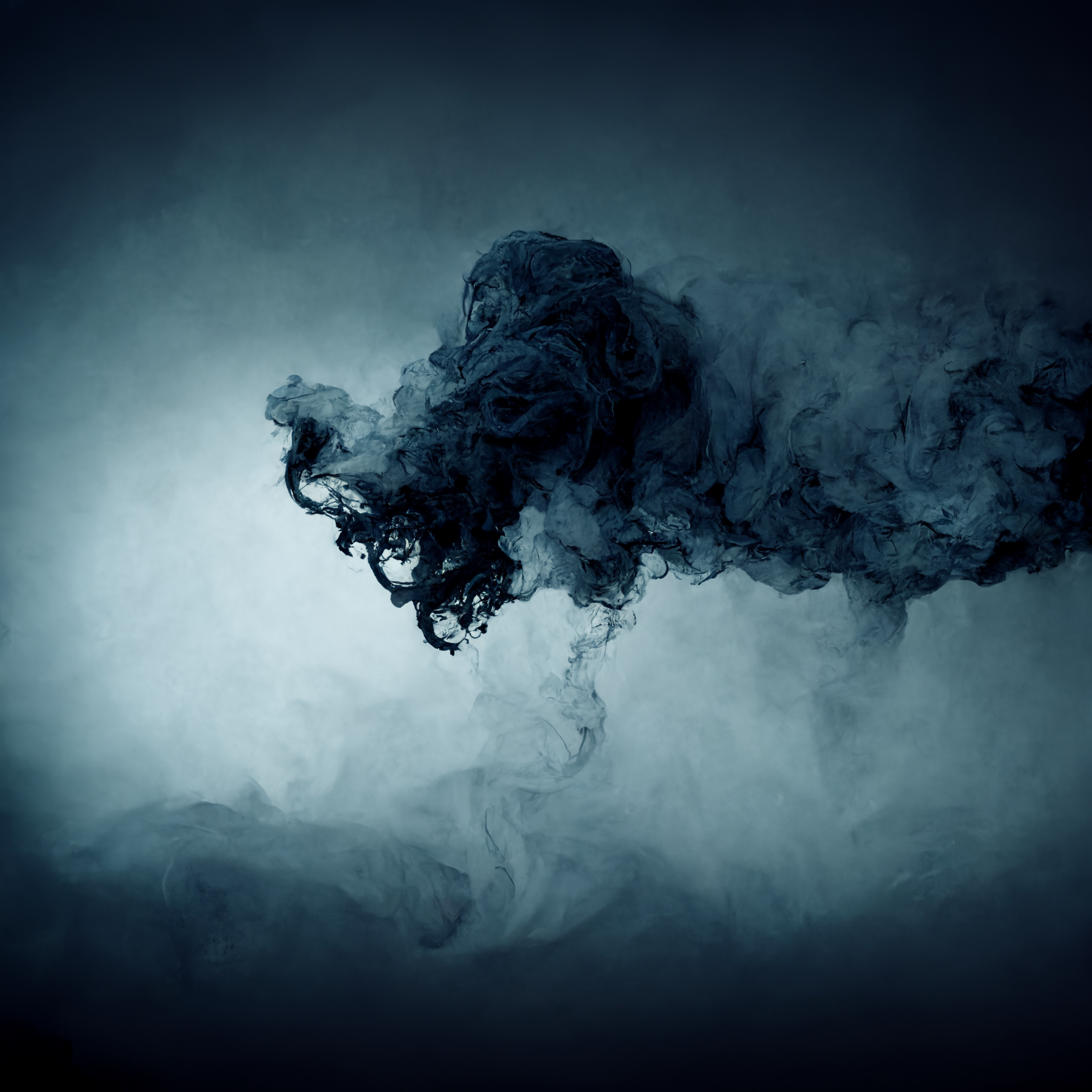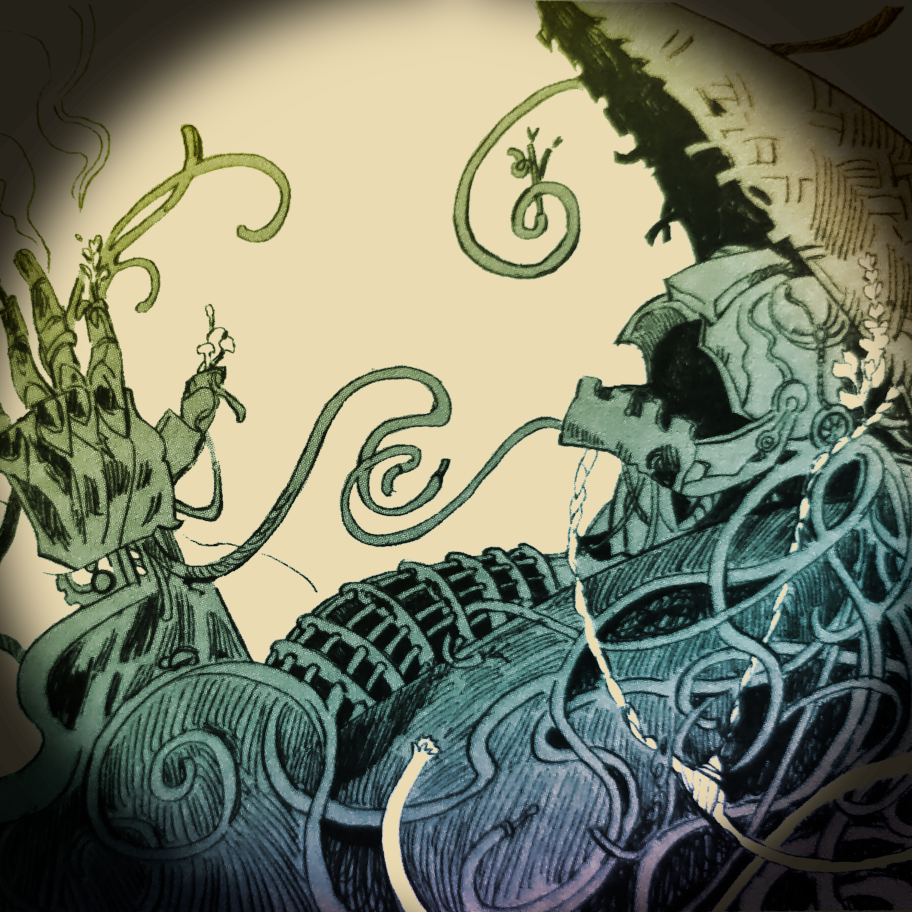- cross-posted to:
- [email protected]
- cross-posted to:
- [email protected]
Using a light-based technique called pump-probe spectroscopy, the researchers created and probed the behaviors of the excitons in their system – the electrons from the tungsten disulfide and the ‘holes’ from the tungsten diselenide.
Could be made up and I wouldn’t know the difference.
It’s crazy though how they’re discovering a new material and matter state.
Idk if this is helpful for you now, but getting acquainted with the idea of quantum quasi-particles should help make it a little more intelligible.
I linked a PBS spacetime video on this topic a couple weeks ago. Personal opinion but I found it much more accessible than the Wikipedia article.
I’m always good with PBS SpaceTime being recommended as a spring board! It’s probably my favorite current pop-sci avenue for physics and cosmology out there
I’ll grant that it’s really hard to write a succinct title for a complex topic like this, but my first thought was “duh, everything is made of subatomic particles.”
This feels very similar to the magic angle twisted bilayer graphene research that’s been going on for a while now. The fact that the bosonic excitons “crystallize” is fascinating, and feels really weird and unexpected for bosons. I have no real idea what the implications of that are though.





